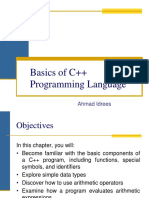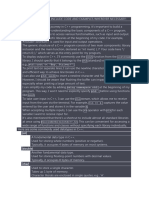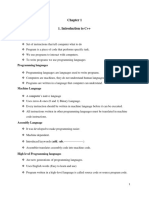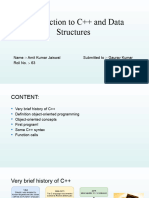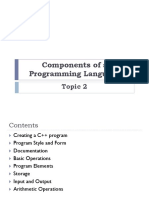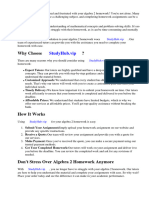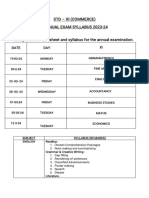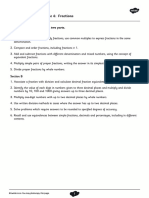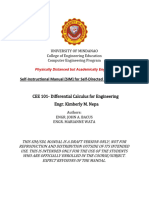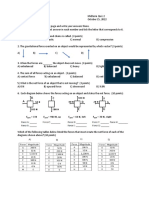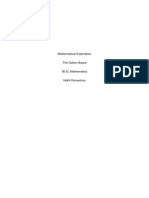0% found this document useful (0 votes)
35 views3 pagesC++ Notes
This document provides a beginner's introduction to C++, covering its applications, basic program structure, variables, data types, operators, control flow, functions, user input, and comments. It emphasizes the importance of understanding these fundamentals before progressing to more advanced concepts. The document encourages practice and exploration of the language.
Uploaded by
21ke22i6911Copyright
© © All Rights Reserved
We take content rights seriously. If you suspect this is your content, claim it here.
Available Formats
Download as DOCX, PDF, TXT or read online on Scribd
0% found this document useful (0 votes)
35 views3 pagesC++ Notes
This document provides a beginner's introduction to C++, covering its applications, basic program structure, variables, data types, operators, control flow, functions, user input, and comments. It emphasizes the importance of understanding these fundamentals before progressing to more advanced concepts. The document encourages practice and exploration of the language.
Uploaded by
21ke22i6911Copyright
© © All Rights Reserved
We take content rights seriously. If you suspect this is your content, claim it here.
Available Formats
Download as DOCX, PDF, TXT or read online on Scribd
/ 3







